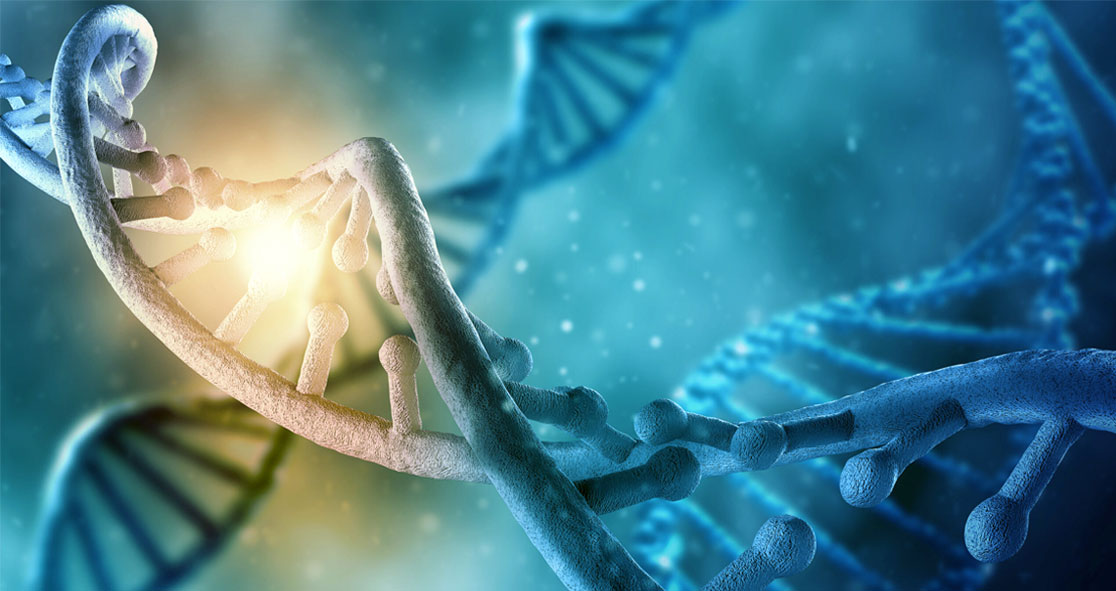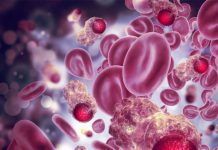Doctors at the University of Pennsylvania said that an investigational gene therapy cured cancer in two patients, according to NBC News.
On patient named Doug Olson, who was diagnosed with leukemia in 1996, underwent gene therapy in 2010. And now after more than a decade, he has no signs of cancer in his body.
Olson, 75, said, “I’m doing great right now. I’m still very active. I was running half marathons until 2018. This is a cure. And they don’t use the word lightly.”
The doctors, who published the two cases in the journal Nature, said it was the first time the gene therapy had been studied for so long.
Gene therapy involves altering the genes inside your body’s cells in an effort to treat or stop disease, according to Mayo Clinic. Genes contain your DNA – the code that controls much of your body’s form and function.
The doctors said these two cases show that gene therapy, called CAR-T cell therapy, can attack cancer immediately, stay inside the body for years, and evolve there to keep the disease at bay.
Dr. Carl June, one of the doctors, said based on the 10-year results, “we can now conclude that CAR-T cells can actually cure patients of leukemia.”
The therapy involves collecting the patient’s own T-cells (one of the important white blood cells of the immune system) and genetically modifying them in the lab so they can find and attack cancer cells. These modified cells are administered back into the patient intravenously.
Olson said when he received the diagnosis of leukemia, he thought he had only a few months to live. He eventually underwent chemotherapy and, at one point, his hematologist, Dr. David Porter, suggested he might need a bone marrow transplant.
Dr. Porter also raised the idea of involving Olson in a CAR-T therapy study. Olson said he was excited by the science and eager to avoid the transplant.
He underwent the treatment and after two weeks, he felt sick for about a week and was hospitalized for three days. He recalled, “It was the very next week he [Olson’s doctor] sat me down and he said, ‘We cannot find a single cancer cell in your body.’”
The other patient, named Bill Ludwig, also had similar results with the gene therapy.
The doctors said that the modified cells evolved over time, with many of them turning into “helper” cells that work with the cancer-killing cells. They noted that helper cells became dominant in both patients.
Study author Dr. Jan Joseph Melenhorst said they were able to isolate and analyze the cells using new technologies, which gave them “very good insight” into how they persisted in the patients’ bodies.
Dr. June said that currently there are tens of thousands of patients who are being treated with CAR-T cell therapies.
The U.S. Food and Drug Administration (FDA) has approved CAR-T therapy for certain blood cancers. The agency first approved a CAR-T therapy treatment in 2017, which is developed by Penn and Novartis for childhood leukemia.
Global researchers are hoping to see wider use of CAR-T therapies for other types of cancers. In 2021, CAR-T cell therapy was approved for the treatment of multiple myeloma, a type of bone marrow cancer. Dr. June said, “But the big scientific challenge, and it’s a big one, is how to make this work in solid cancers,” like those in the lung, colon, and other organs.





















